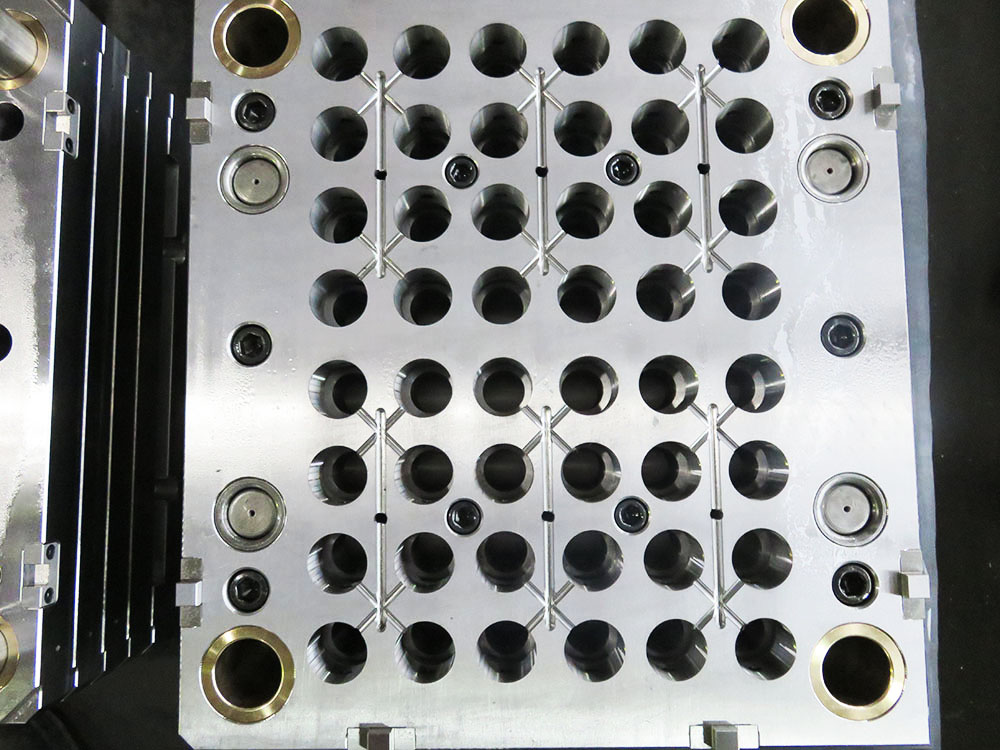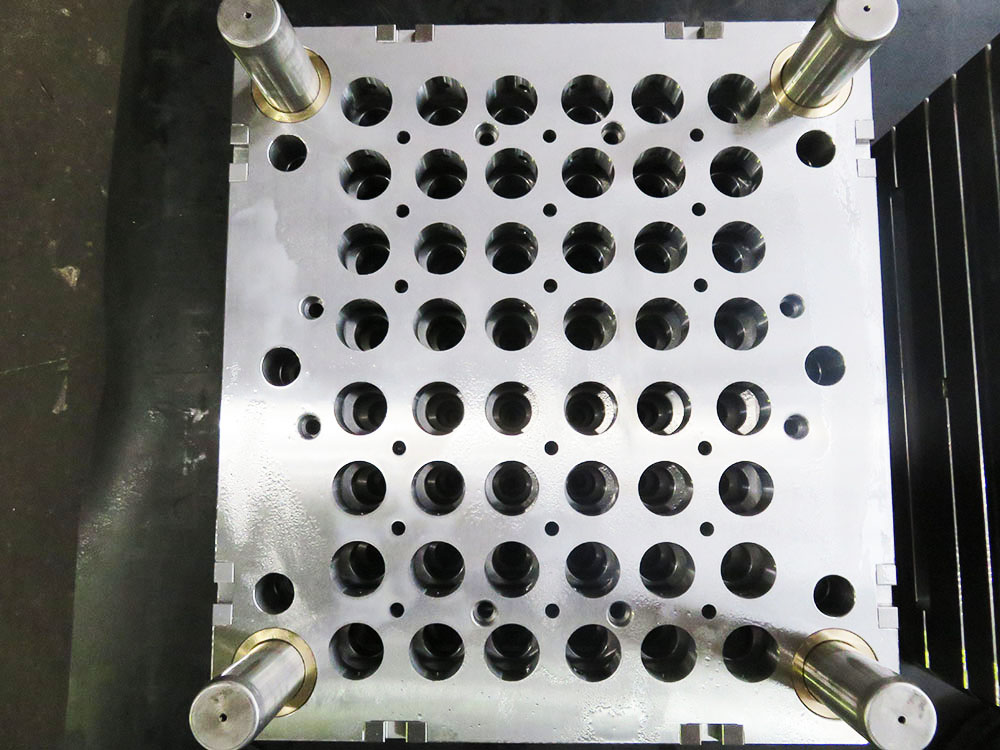Mold Base Industry: A Comprehensive Guide
The mold base industry plays a crucial role in the manufacturing sector by providing the foundation for various types of molds used in the production of plastic and metal components. This article will provide a step-by-step illustration of the processes involved in designing and manufacturing a mold base, highlighting the key considerations and techniques utilized in the industry.
1. Introduction to Mold Base
A mold base is a vital component of a mold that acts as a support structure for the various mold components. It provides stability, precision, and durability to the mold assembly, ensuring optimal performance during the injection molding or die casting process. The mold base industry focuses on the production of these essential components.
2. Designing a Mold Base
Designing a mold base involves careful consideration of several factors, including the size and shape of the final product, the injection molding machine specifications, and the production volume. The design process typically begins with detailed drawings or CAD models that define the required dimensions and features of the mold base.
3. Material Selection and Machining
The choice of material for the mold base is critical to ensure its strength, stability, and resistance to wear and corrosion. Commonly used materials include tool steels, such as P20 and H13, as well as aluminum and stainless steel. Once the material is selected, the machining process begins, involving milling, drilling, and grinding operations to create the desired geometry and finish of the mold base.
4. Assembly and Integration
After machining, the various components of the mold base are meticulously assembled to ensure proper alignment and functionality. This includes mounting the cavity and core inserts, ejector pins, cooling channels, and other necessary components. Precision and accuracy are critical at this stage to prevent any potential issues during the production process.
5. Quality Control and Inspection
Quality control is of utmost importance in the mold base industry to ensure that the final product meets the required specifications. Inspection techniques such as dimensional measurements, surface finish analysis, and hardness testing are commonly employed to verify the quality of the mold base. Any deviations or defects are promptly addressed and resolved.
6. Surface Treatment and Finishing
To enhance the performance and longevity of the mold base, various surface treatments and finishing processes may be employed. This can include heat treatment to improve hardness and wear resistance, surface coating to prevent corrosion and friction, and polishing to achieve a smooth and glossy finish. These treatments further optimize the mold base for its intended application.
7. Documentation and Traceability
The mold base industry places great importance on maintaining comprehensive documentation and traceability throughout the manufacturing process. This ensures that the mold base can be tracked and identified, facilitating efficient maintenance, repairs, or future modifications. Detailed records of design specifications, materials used, machining processes, and quality control parameters are maintained.
8. Beyond Mold Base: Industry Trends and Innovations
The mold base industry continuously evolves to meet the changing needs and demands of the manufacturing sector. Innovations such as the adoption of advanced CNC machining technologies, the integration of smart sensors for real-time monitoring, and the exploration of lightweight materials for improved efficiency are some of the trends shaping the industry's future.
Conclusion
The mold base industry is a critical component of the manufacturing sector, providing the foundation for molds used in various industries. By understanding the step-by-step processes involved in designing, manufacturing, and ensuring the quality of mold bases, manufacturers can achieve improved efficiency, accuracy, and overall performance in their production processes.




